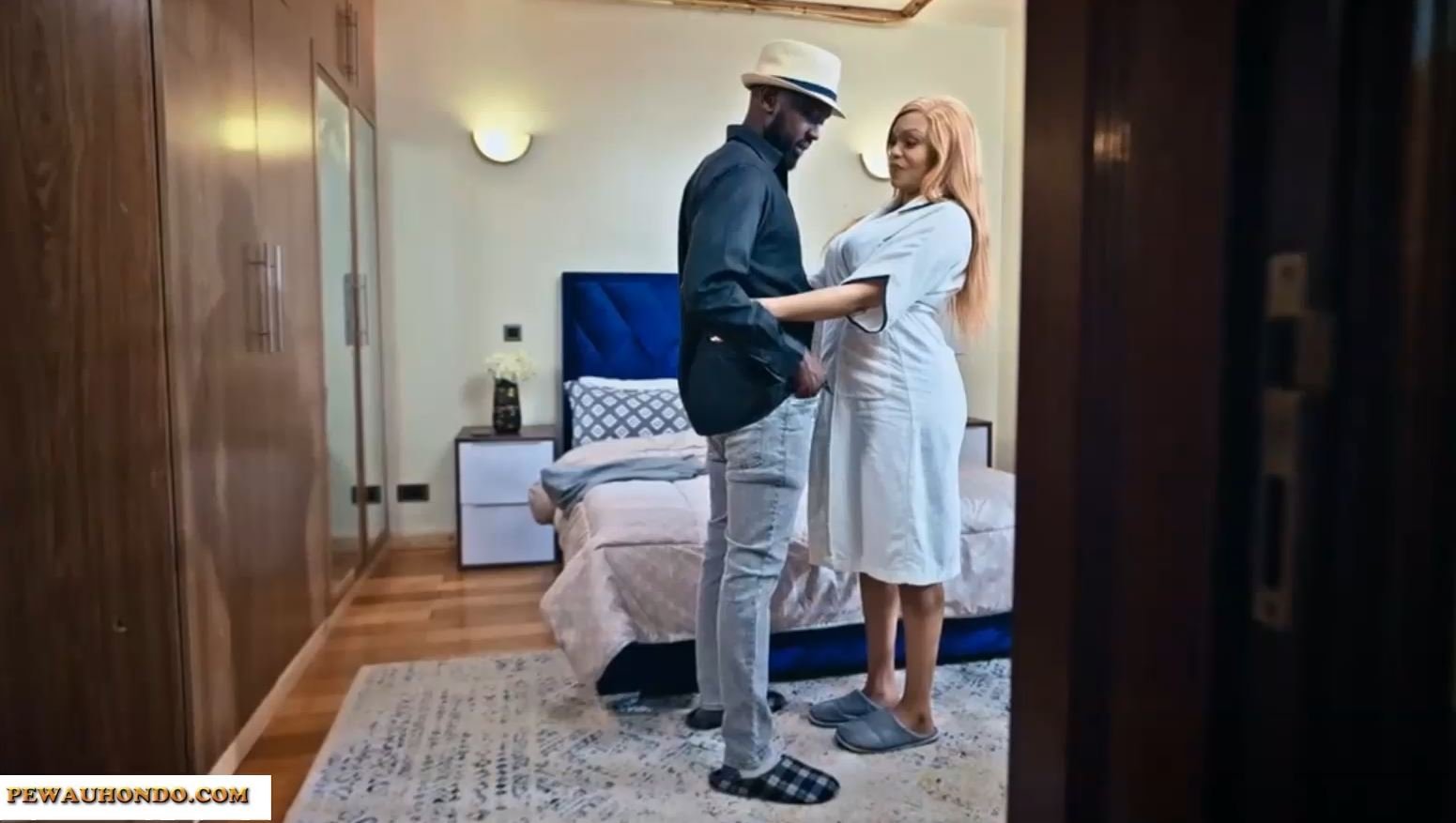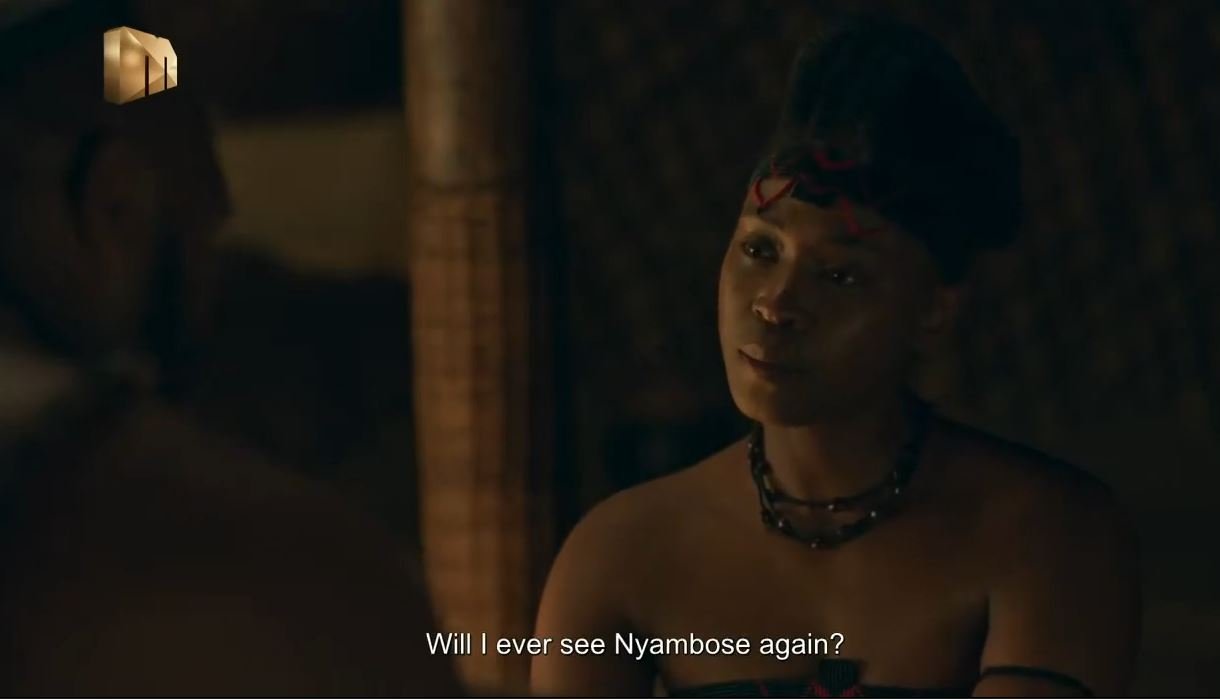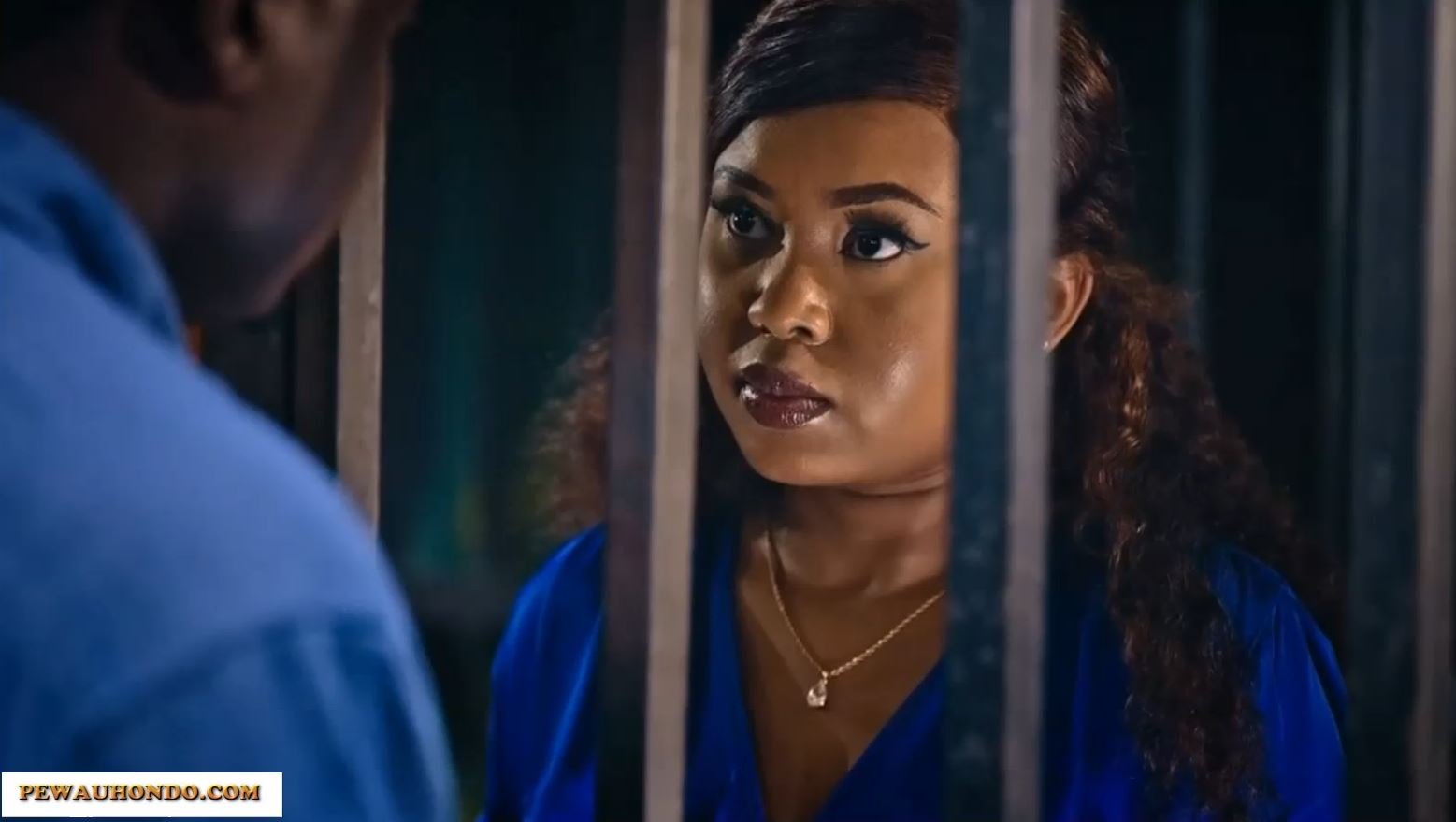Xiaomi Redmi 12 – Smart Budget Phone for Kenya
If you’re looking for a budget-friendly smartphone in Kenya that punches above its price, the Xiaomi Redmi 12 is a strong option.
Why it’s a good budget phone in Kenya
The Redmi 12 offers very good features for its price in Kenya. Its price tends to fall around KSh 16,000 to KSh 20,000 for variants such as 4 GB/128 GB or 8 GB/128 GB. (Starmac Kenya) At this price you get a large 6.79″ 90Hz display, 50 MP main camera, 5,000 mAh battery, and a brand (Xiaomi) that has good presence in Kenya. For everyday tasks like social media, streaming, photography and browsing it covers a lot of ground without blowing the budget.
Specifications
- Display: 6.79″ IPS LCD with 90Hz refresh rate and Full HD+ resolution in many listings. (Starmac Kenya)
- Processor: MediaTek Helio G88 (12 nm) chipset. (Dignited)
- RAM & Storage: Variants include 4 GB/128 GB, 8 GB/128 GB and 8 GB/256 GB in the Kenyan market. (Nairobi Laptops)
- Rear Cameras: 50 MP main + 8 MP ultra-wide + 2 MP macro/depth lens. (Avechi Kenya)
- Front Camera: 8 MP selfie for most variants. (Phonetronics Kenya)
- Battery: 5,000 mAh battery with 18W wired fast-charging support. (Dignited)
- Build & Extras: Side-mounted fingerprint sensor, 3.5mm jack, USB-C port; Android 13 with MIUI 14 in many listings. (Starmac Kenya)
Strengths
- Large smooth display: The 6.79″ panel with 90Hz refresh gives smoother scrolling and better feel than many budget phones stuck at 60Hz.
- Strong camera for the price: A 50 MP main camera plus ultra-wide and macro lenses adds flexibility for photography in this price range.
- Good battery & fast charge support: 5,000 mAh is generous, and 18W charging is decent for this segment.
- Generous storage & RAM options: Availability of up to 8GB RAM and 256GB storage means you’re less likely to run into limitations for apps and media.
- Brand & availability: Xiaomi is well known in Kenya; local availability of parts, service and resale value tend to be better than lesser-known brands.
Weaknesses
- 4G only: The Redmi 12 supports up to 4G LTE but lacks 5G connectivity, meaning less future-proofing for networks.
- Mid-tier performance: While Helio G88 is solid for everyday tasks, it won’t match flagship chipsets for very heavy gaming or demanding apps.
- Budget build materials: Although the display and specs are strong, some materials (frame/back) may use less premium finishes compared to higher-end phones.
- Software update horizon may be shorter: As a more budget-oriented device, major OS upgrade support may be more limited than premium models.
- Ultra-wide/macro sensors are modest: The 8 MP ultra-wide and 2 MP macro lenses are useful but won’t match the image quality of higher-end phones’ lenses.
Price in Kenya & Where to Buy
- Phonetronics Kenya lists the Redmi 12 at KSh 16,500 for the 8/128GB variant. (Phonetronics Kenya)
- Nairobi Laptops lists the 4/128GB variant from KSh 18,800 and up to KSh 21,999 for 8/256GB. (Nairobi Laptops)
- Queens Mobile lists between KSh 18,999 to KSh 23,499 depending on RAM/storage. (queensmobile.co.ke)
- Purchase links:
Conclusion
If your budget in Kenya is around KSh 16,000 to KSh 21,000 and you want a smartphone that gives you a good display, capable camera, decent battery and reliable brand support, then the Xiaomi Redmi 12 is a very sensible choice. While it won’t offer premium features like 5G connectivity or top-tier chipsets, for everyday use—streaming, social media, shooting photos, browsing—it delivers excellent value in its price class.
NEXT ON LULU MAISHA MAGIC PLUS SEASON 1 EPISODE 125 THURSDAY OCTOBER 23RD 2025





You must be logged in to post a comment.